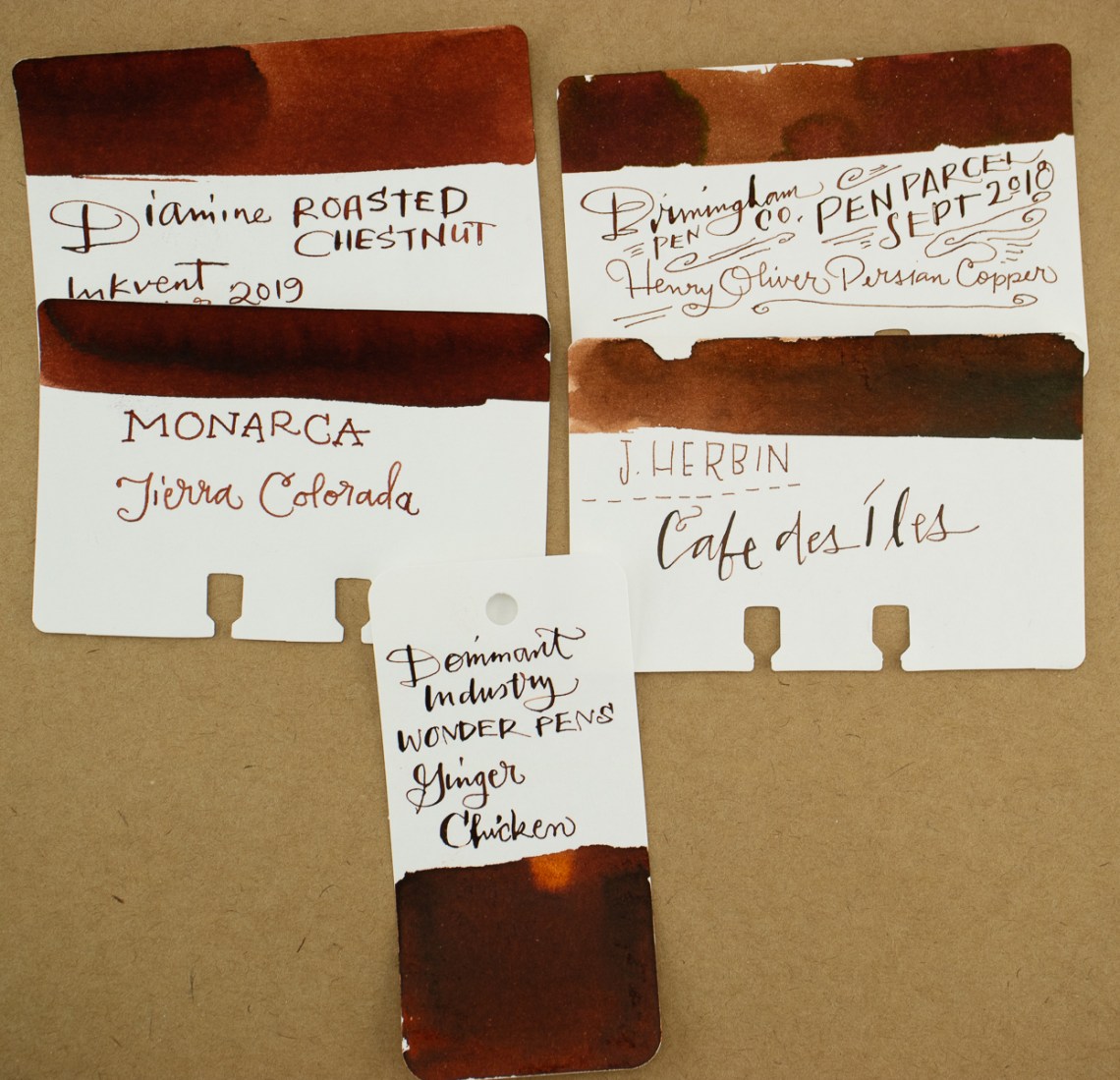Just when I thought there couldn’t be a new notebook that would entice me, the Midori Soft Color Notebooks arrive on JetPens. These A5 dot grid cahier-style notebooks come in five pastel colors and white for $3.50 each. There are 28 sheets (56 pages) in each book. I decided to try the gray but it was hard to pick just one color.
The notebooks feature a light cardstock cover that matches the interior pages. The graphics on the cover are minimal and not too distracting.

The interior pages feature a light grey 5mm dot grid and paper with a slight tooth. It’s not super smooth like Rhodia but not as textured as Col-o-ring paper.

Above is a comparison between a white sheet and the color of the Soft Color Notebook in gray. The gray creates a nice backdrop for early morning writing and note taking when your eyes aren’t ready for eye-searing bright white stocks.

When testing the paper, the slight tooth seemed to be calling for colored pencils and lo and behold, colored pencil colors POP on the grey. Even if you are not inclined to draw much, adding a bright colored pencil to your writing tools will be a great way to underline key notes, or add titles or callouts to your pages. At the bottom of the page, I did some ink swatch test to see if the color would sheen or bleed through.
The paper did not feather with fountain pens and was fun to use with an array of gel pens. I think gel pens, particularly Dual Metallic or Pastel colors would look great on this paper.
While the inks didn’t show sheen, some of the shading and color shifting properties were visible but not to the same extent that they would be on Tomoe River or Endless Regalia paper.

From the back of the same page, you can see there was no bleed through which is a great bonus.
These little Soft Color cahier notebooks from Midori might not be for everyone. However, if you are looking for a small, fountain pen-friendly notebook for projects or specific topics, and have always wanted to try colored paper stocks, then this notebook might be for you. The ability to color code via the whole notebook is great and, for the price, you could easily purchase the whole rainbow which makes these hard to resist.
DISCLAIMER: The items included in this review were provided free of charge by JetPens for the purpose of review. Please see the About page for more details.
































